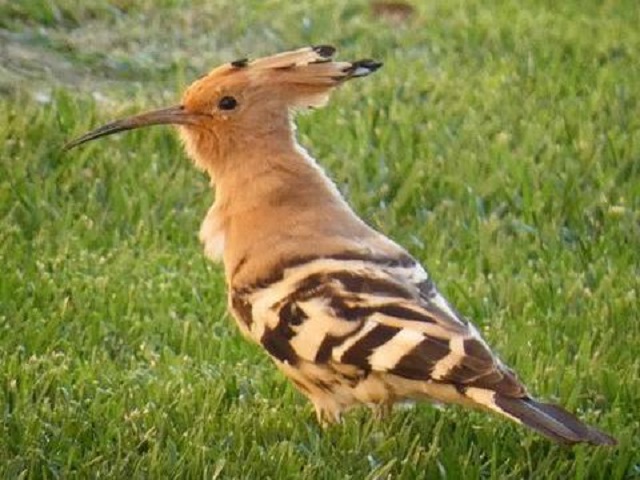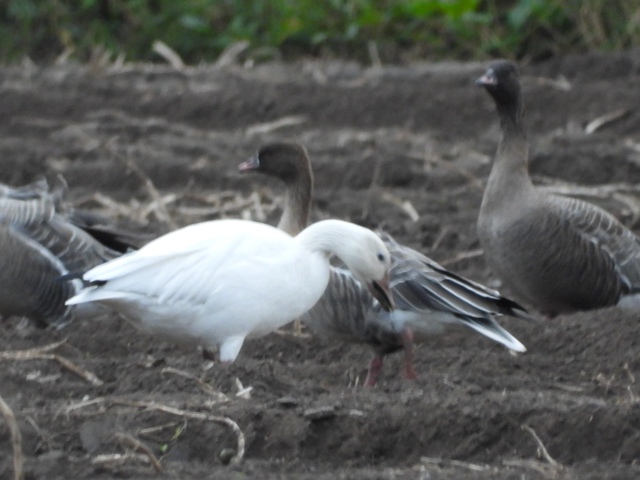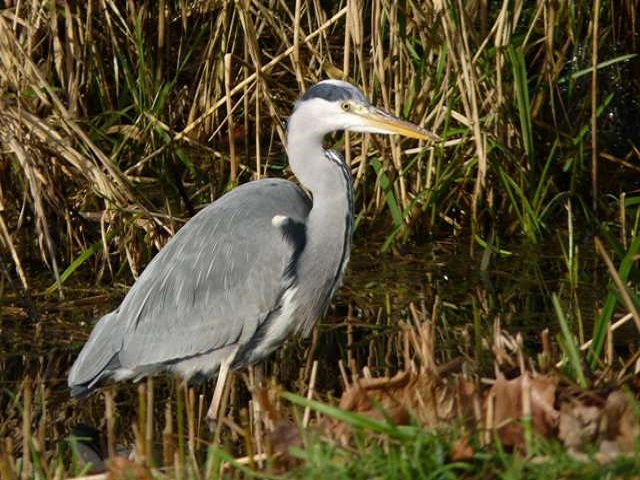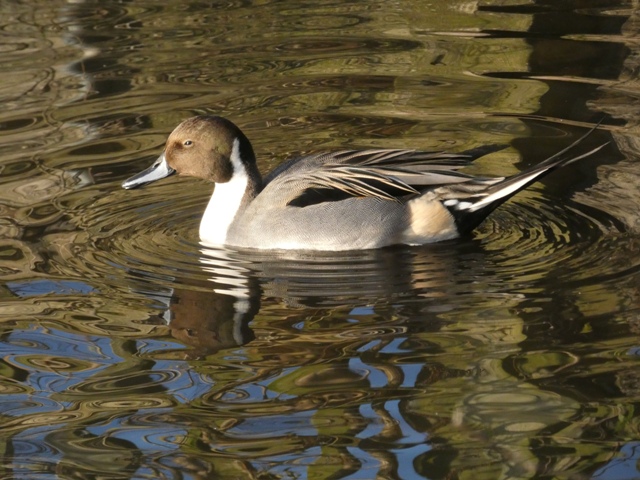Hugh’s News – 4 November 2021
New member Ellie Thomas kindly sent in this magnificent photo of a Hoopoe she saw on a holiday in Praia da Luz, Portugal. She spotted it right outside her apartment, and fortunately she had her camera with her. I wonder when one will turn up on Wirral again?!
On a recent trip to Lunt, in Sefton, Bill Wonderley photographed this Snow Goose, which was in amongst a flock of Pink-footed Geese.
Following on from the entertaining talk by Jeff Clarke on New Zealand comes news of the winner of the New Zealand Bird of the Year 2021 award. Somewhat controversially, the title was given to New Zealand’s only native mammal – the Long-tailed Bat. The result has ruffled a few feathers amongst the birding fraternity, but it was given to draw attention to this special, critically threatened species!
Barry Curnow told me of a recent Goldcrest in his garden. The Goldcrest is Britain’s smallest bird, weighing on average just 5-7g (¼ oz). Despite their tiny size, Goldcrests are highly migratory, with a large influx of birds from Scandinavia and the near-Continent, arriving on the east coast of Britain every autumn. Immigrants arrive in Britain from late August through to early November, departing the following March and April.
Talking of migration, give a thought to those Grey Herons flying overhead at this time – they might be going further than you think! It is easy to assume that they are birds moving between favoured fishing areas but in fact these herons could be on migration. It is well known that northern populations move south as their breeding areas begin to freeze, with some Scandinavian birds crossing the North Sea for the relatively balmy conditions that Britain and Ireland have to offer. Ringing recoveries show that birds from Norway were mainly found in the north of Britain while those from the Netherlands being mainly found in the south.
Hugh Stewart



